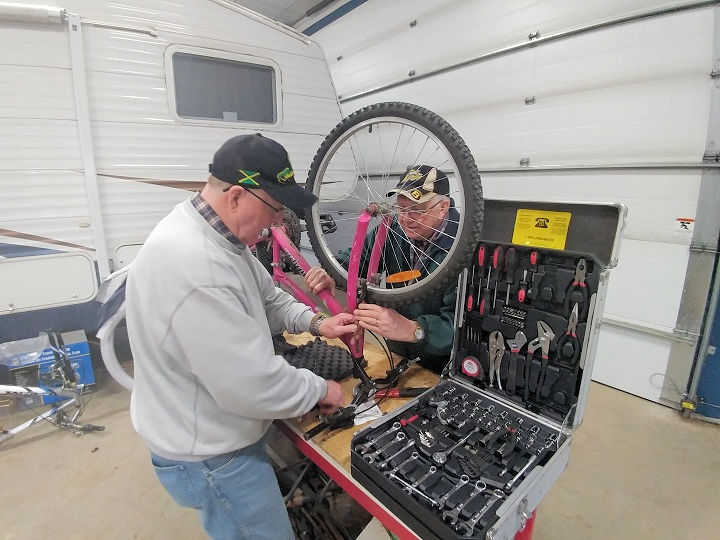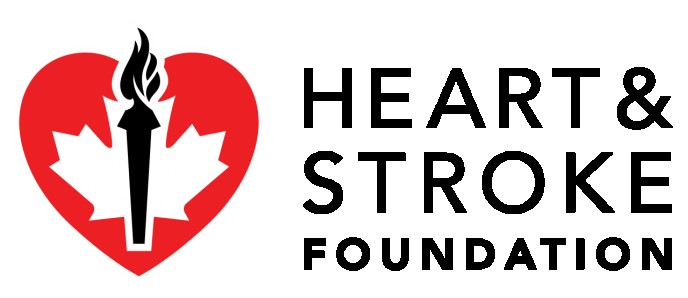Why Don’t They Sell Wiper Blades in Pairs
 March 17, 2017
March 17, 2017
We went to Canadian Tire tonight, since last week....I ripped off what was left of 1 windshield wiper, and yesterday the remaining wiper fell to pieces. And this am I went ahead and pushed the "windshield spray" button because it was so dirty I had nothing left to lose.....I was wrong about that too. Actually I knew it would make a mess but I did it anyway. Because I'm like that.
I never know what year my car is, even though it doesn't change.....same car as always, it's a white one. And I can't remember my co-op number either. That's what I told the kid at the co-op gas station, just before Canadian Tire, when he asked for my co-op number. Right after I pleaded with him to change the wipers for me. He said he's not very good at it. I could relate. I'm not good at some stuff either. Like remembering numbers.
So apparently "white car" isn't enough info for the helpful computer in the windshield wiper isle. So I just guessed, at all the questions. I got Chevy right.
Know what would be helpful? If the helper computer announced that wiper blade, that's right, BLADE, not blades, are sold separately. Alone. One. 1.
It does not.
I picked up what the computer told me to, and went to pay. At which point, my young son inquires why I'm only buying 1 wiper blade. I look at the package.
He's right. 1.
One.
There's 1 in there.
"Hi I'd like to buy a sock. No, just 1."
"Hi. I'm looking for ear plug. No no, not "plugs", just plug. One please."
Exxxxxactly.
And I went back, to the wiper isle in my state of dismay, to get another one. And the 9 year old clearly saw I had not even 1 clue, let alone 2, and proceeded to check the length of the now, wiper bladezzzzzzzzzzzzz, to make sure the numbers matched, since he's obviously more knowledgeable on this subject.
Good thing I didn't try and handle this on my own.
Thank you little one.
And in completely unrelated events. Here's a few pictures from the past while that are from around the area. I suppose I will be needing windshield wipers if I'm going to continue gallivanting, so the story and the pictures do have a slight connection.
Yours truly, Caley

![]() December 22, 2025
December 22, 2025







![]() December 22, 2025
December 22, 2025
![]() December 18, 2025
December 18, 2025![]() December 13, 2025
December 13, 2025![]() December 5, 2025
December 5, 2025![]() December 4, 2025
December 4, 2025
![]() April 25, 2017
April 25, 2017
![]() April 24, 2017
April 24, 2017
![]() March 17, 2017
March 17, 2017
![]() March 8, 2017
March 8, 2017
![]() March 2, 2017
March 2, 2017